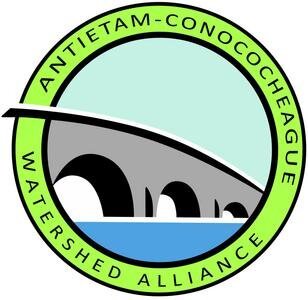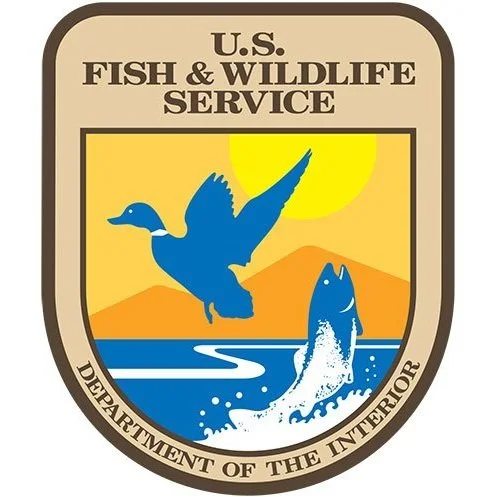
Watershed Restoration
Featured Project
Antietam Creek- Sharpsburg, MD
The project
Location
Antietam Creek is located in Antietam, Maryland, just south of Sharpsburg. [more information here]
The Problem
Antietam Creek was placed on Maryland’s 303(d) list for sediment, then fecal coliform (2002), and impacts to biological communities (2002).
A Total Maximum Daily Load (TMDL) for sediment was developed and approved for the Antietam watershed in 2008 with a subsequent TMDL for bacteria developed in 2009.
The solution
To address the amounts of these pollutants coming from the Maryland portion of the watershed, CVI partnered with the Washington County Soil Conservation District (SCD), Board of County Commissioners of Washington County, Antietam Creek Watershed Alliance (ACWA), and MDE to develop the Antietam Creek Watershed Restoration Plan.
This plan identifies sources of the pollutants and provides a framework for future efforts by the stakeholders of the Antietam Creek watershed by presenting a strategy for implementing projects to reduce the pollutants reaching Antietam Creek.
Pollutants were determined to be coming from both urban and agricultural sources with streambank erosion contributing significantly to the sediment load. CVI provided training to members of the Washington County SCD and volunteers from ACWA on estimating sediment loads from eroding banks using bank erosion hazard indices, commonly known as BEHI.
As a result, a list of 15 sites were identified as highly eroding and prioritized for future natural stream restoration projects. Stabilizing all 14,059 feet of stream at these sites will reduce the amount of sediment reaching Antietam Creek by roughly 20%.
Big thanks to all of our project partners:
Featured Project
Forest Road 794- Durbin, WV
The project
Location
Forest Road 794 is located just north of Durbin, West Virginia in the Upper Greenbrier Watershed. FR794 is an access road used primarily by hikers and trail riders, and provides access to rugged and lush mountain terrain. . FR794 is located relatively high in the Upper Greenbrier watershed and streams here offer coldwater refuges for Brook Trout during high temperature periods. The Upper Greenbrier contains some of the most contiguous Brook Trout populations remaining in the Central Appalachians.
The Problem
FR794 featured a number of stream crossings outfitted with undersized culverts. The size of the culverts led to an increased risk of large sediment dumps into downstream Brook Trout spawning habitat due to culvert blowouts. the culverts also impeded Brook Trout from reaching coldwater refuges upstream.
The solution
Thanks to a grant from the Appalachian Stewardship Foundation, Canaan Valley Institute partnered with the U.S. Forest Service to replace these undersized culverts with alternative crossings. These alternative crossings included drive-through dips, low water fords, and a large elliptical culvert. These changes reduced the risk of structure loss and led to decreased downstream sediment movement and an overall improvement in the local habitat.












